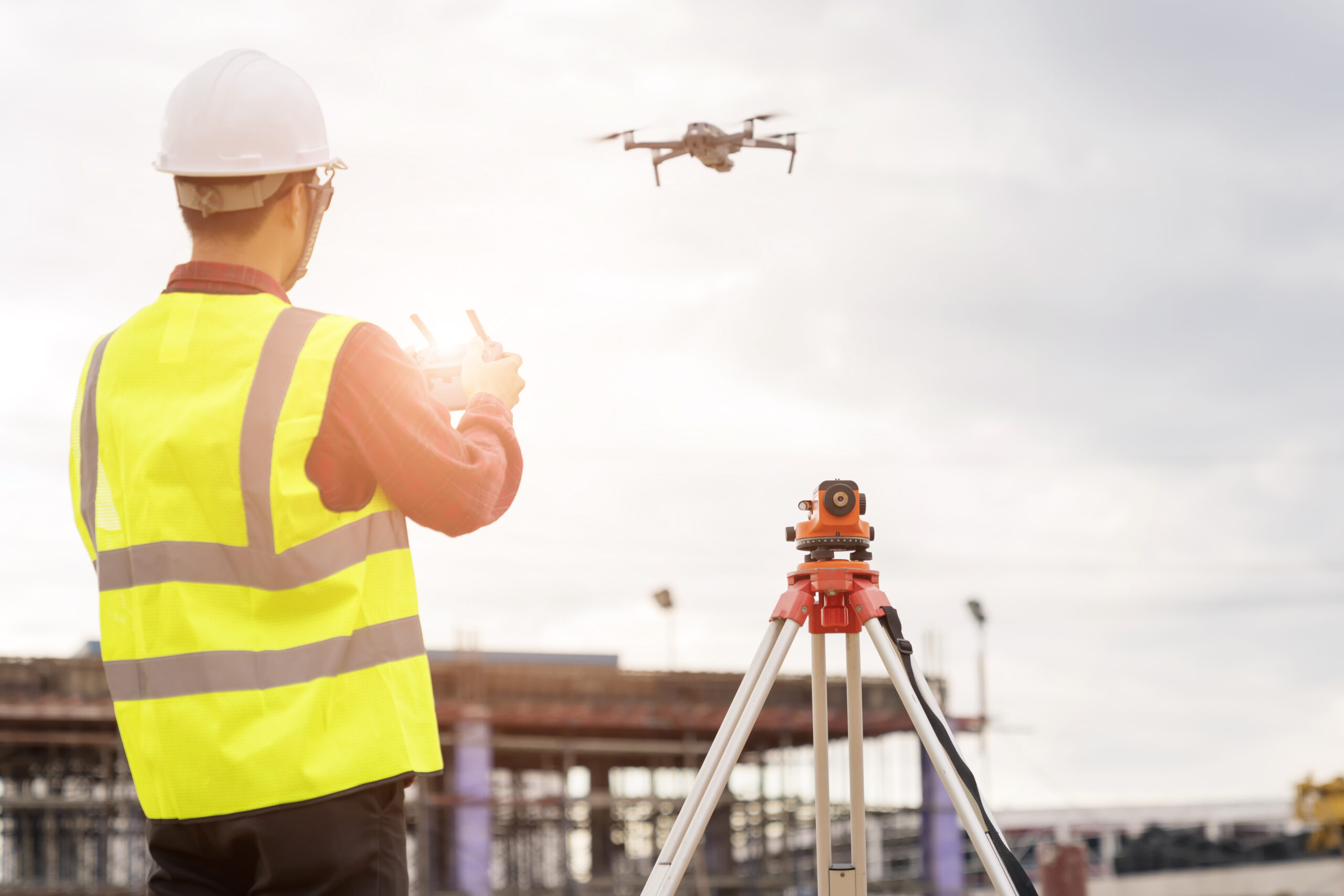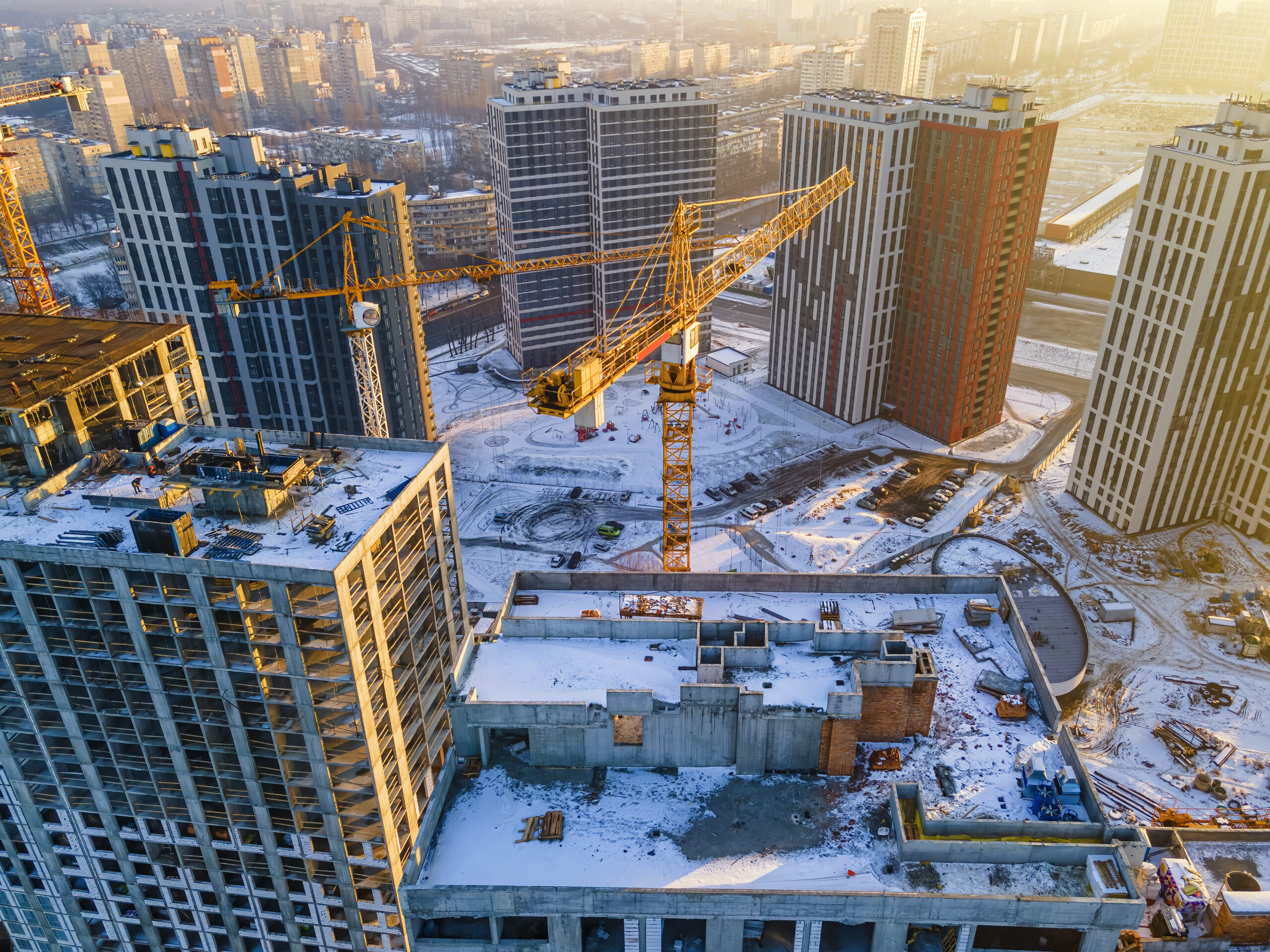Using Drones in Construction
Construction has never been the fastest process. In fact, it has shown continuous delays and insufficient production processes. Traditionally, surveyors would collect data by manually gathering data. It is very labor-intensive and slow. It also delays reaction times if changes need to be made. This process is difficult to maintain real-time quality control as well as real-time data. Efficiency is key to having a construction site run smoothly which means having a device that can take over the traditional job would save time and money overall.
Drones are also known as Unmanned Aerial Vehicles, or, UAVs, and have become very popular in professional businesses. These drones have been put to use in real estate, weddings, film, and much more. But, what about using drones in construction? Drones can produce more than high-definition images. Having a drone focus on scanning the construction area can capture thermal images of critical utility lines and map a 3D rendering of the site which allows for better usage of the land, or, buildings.
Why are drones rising in popularity on construction sites?
Before drones, companies would need to have their employees walk the site and conduct a survey and record the information. Drones can hover above tall buildings and trees giving a clear overview of what is going on above eye level. Drones provide construction sites with expansive and accurate data which fast-track communication between the rendering and reality of the project. They also increase safety, save time, and resources making it an ideal tool to use onsite.
Would using a drone save you money?
The short answer is yes! Not only would you cut down your survey costs significantly, but drones also have outstanding accuracy which means there are fewer chances for mistakes. Drones could be considered an investment piece, depending on the model. However, using the accuracy and consistent footage it collects, you can prevent significant setbacks which could push your project over budget.
Is it safer to use drones?
Drones do in fact make construction projects safer. While traditional surveys required workers to walk the entire site, they were unaware of any dangers that hid behind terrain or buildings. With the use of drones, having an aerial view of the site allows contractors to see what they will be working with before anyone physically steps foot onto the worksite. Drone usage also allows construction companies to conduct aerial surveys more frequently which allows them to stay on top of changing conditions that could impact safety.


More of what you should know:
Drones do in fact make construction projects safer. While traditional surveys required workers to walk the entire site, they were unaware of any dangers that hid behind terrain or buildings. With the use of drones, having an aerial view of the site allows contractors to see what they will be working with before anyone physically steps foot onto the worksite. Drone usage also allows construction companies to conduct aerial surveys more frequently which allows them to stay on top of changing conditions that could impact safety.
More of what you should know:
While drones make your company more competitive. Having next-level technology gives you something that you can focus on marketing which would bring higher foot traffic to your door. However, before you get started, there are some things you should know.
There are many different models of drones on the market and selecting the right model for the job is important. Your first step is to pick if you would like a drone with fixed wings or rotary. Similar to an airplane, fixed wings glide on a set path and only fly forward whereas rotary wings are easier to control and can move in all directions. They also can hover which makes collecting areal data more stable. Even though the cost of consumer drones is low, contractors should know that there are technical skills required to fly a drone properly. There are many apps and software that help control and program drones. The top three apps were DJI Go, Pix4D, and Drone Deploy.
That being said, many contractors could benefit from partnering with a drone service subcontractor. These specialists would help decide the best product for the job and give a scientific approach to the project. This would ensure that all of the federal rules regarding airspace are properly followed and would have an FAA-license. These specialists would be able to accurately survey the construction site faster and more effectively as they are trained to do so. Being able to effectively survey the area will also ensure the safety of workers and give clients the most accurate data.
Even though drones are quickly becoming popular and their technology is evolving, this could be a drawback for contractors who are trying to keep up with the changes. Another challenge with implementing drone usages, you would need to be aware of the cost associated with starting a drone program. The first step would be to decide whether you want to invest in hardware and training for an in-house pilot or, hiring a certified subcontractor to do the job. Figuring out what you need is based on how widespread the project is and if the firm is working on multiple sites across the country. If the project is large, hiring a subcontractor might be the best investment so you would not have to purchase the hardware, insurance, or training needed for operators.
This is just the beginning:
Construction technology is growing at a rapid rate and even throughout the last few years, drones have become even more popular for this type of work. More and more companies have started to use drones as their technology and software have evolved. With major improvements in automation, companies are able to get the visual data they need quickly and at a lower cost. It would not be surprising if drones become just as common as forklifts and cranes on the construction site. Along with these benefits, drones are able to connect employees to remote job sites and provide updates to investors without having to step foot on the site itself. For drones, the sky is not the limit for the potential drones can bring to the table in improving quality and safety.


